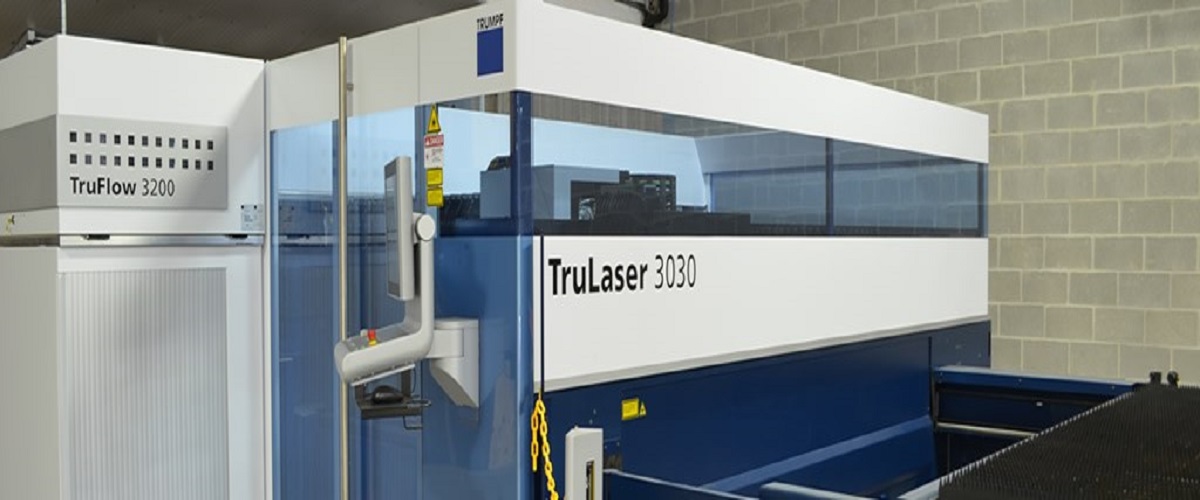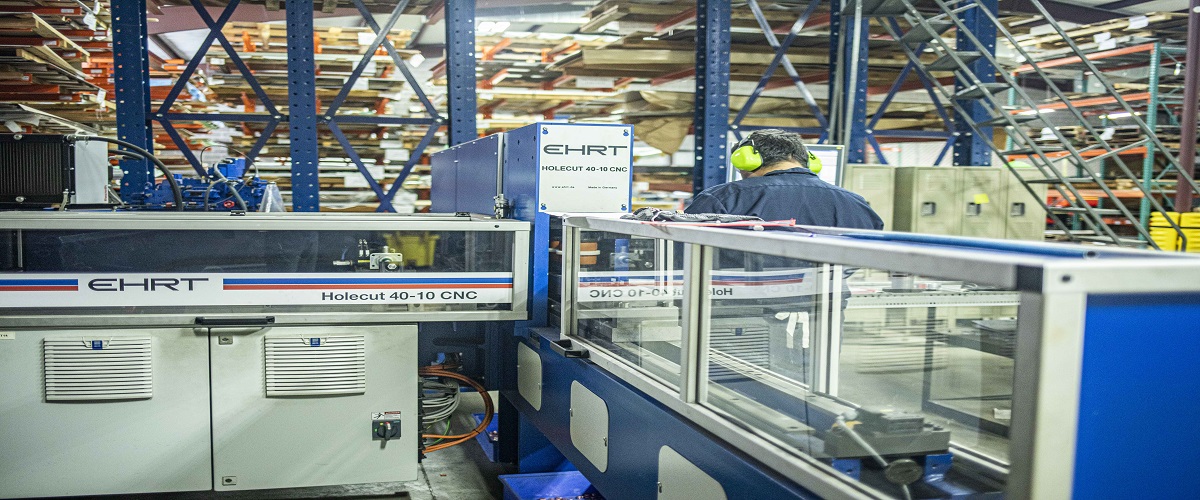Welcome to visit Hitiway’s website!
Call (832) 220-6537
The internet of things, or IoT, is a system of interrelated computing devices, mechanical and digital machines, objects, animals or people that are provided with unique identifiers (UIDs) and the ability to transfer data over a network without requiring human-to-human or human-to-computer interaction.
Things in IoT, can be people with heart monitors implanted, farm animals with biochip transponders, cars with built-in sensors to alert the driver when tire pressure is too low, or any other natural or man-made objects that can be assigned IP addresses and have the ability to transmit data over a network.
Organizations across a wide range of industries are increasingly using IoT to improve operational efficiency, understand customers better, provide enhanced customer service, improve decision-making, and increase business value.
How does IoT work?
The IoT ecosystem consists of network-enabled smart devices that use embedded systems such as processors, sensors, and communication hardware to collect, send, and process data acquired from the environment. IoT devices share the sensor data they collect by connecting to IoT gateways or other edge devices, where the data is either sent to the cloud for analysis or analyzed locally. Sometimes these devices communicate and work together with other related devices.
Why is IoT important?
IoT helps people live and work smarter. In addition to providing smart devices for home automation, IoT is also crucial for companies. IoT provides businesses with a real-time understanding of the actual working process and status of their systems, providing insight into everything from machine performance to supply chain and logistics operations.
IoT enables companies to increase automation and reduce labor costs, reduce waste and improve service, reduce manufacturing and delivery costs, and provide customers with transparent process and delivery information.
As such, IoT is one of the most important technologies in everyday life, and it will continue to grow as more businesses realize the potential of connected devices to remain competitive.
What are the benefits of IoT to organizations?
IoT offers several benefits to organizations. Some benefits are industry-specific, and some are applicable across multiple industries. Some common benefits of IoT enable businesses to:
- monitor their overall business processes;
- improve the customer experience;
- save time and money;
- enhance employee productivity;
- integrate and adapt business models;
- make better business decisions;
- generate more revenue.
IoT encourages companies to rethink the way they do business and gives them the tools to improve their business strategy.

IoT for Laser Cutting
Laser cutting machine reduces lead time, increases material utilization, and provides burr-free cutting on all materials being processed with high precision.
Laser cutting capability
• Max sheet size: 60”x120”
• Steel sheets up to ¾”
• Stainless steel sheets up to ½”
• Galvanized steel sheets up to 10ga
• Aluminum up to 5/16”
Sensors:
• G
• A

IoT for Punch Cutting
Punch cutting dramatically reduces time required for large runs and parts that have many features. Special forming features are available with punch cutting.
Punch cutting Capability
• Max sheet size: 60”x144”
• Max tonnage: 33 ton
• Steel and galvanized sheets up to 10ga
• Aluminum and copper sheets up to ¼”
Sensors:
• G
• A

IoT for Busbar Cutting
With the help of CNC busbar punching machine and programming software, busbars are cut in very efficient manner.
Busbar cutting Capability
• Max busbar width: 8”
• Max tonnage: 40 ton
• Copper and aluminum up to 5/8” thick
• Steel bar up to 3/8” thick
Sensors:
• G
• A
